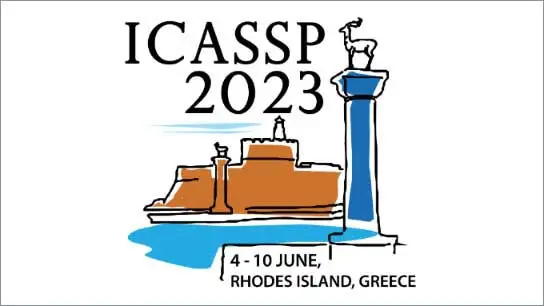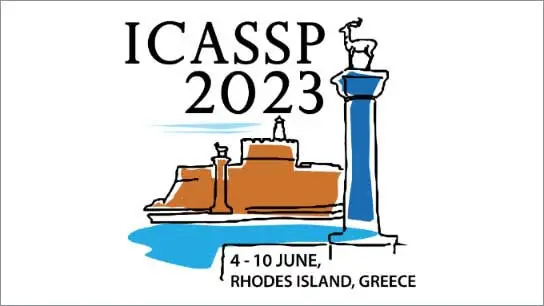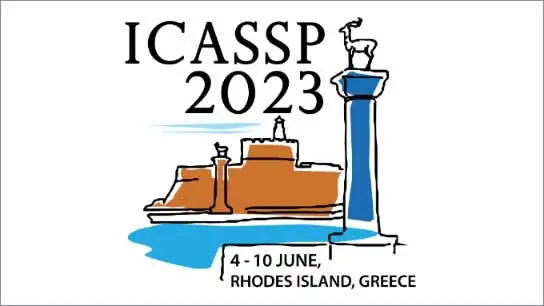Empathetic Response Generation via Emotion Cause Transition Graph
Yushan Qian (Tianjin University); Bo Wang (Tianjin University); Ting-En Lin (Alibaba Group); Yinhe Zheng (Lingxin AI); Ying Zhu (Tianjin University); Dongming Zhao (China Mobile Communication Group Tianjin Co., Ltd); Yuexian Hou (Tianjin University); Yuchuan Wu (Alibaba); Yongbin Li (Alibaba Group )
-
Members: FreeSPS
IEEE Members: $11.00
Non-members: $15.00
06 Jun 2023
Empathetic dialogue is a human-like behavior that requires the perception of both affective factors (e.g., emotion status) and cognitive factors (e.g., cause of the emotion). Besides concerning emotion status in early work, the latest approaches study emotion causes in empathetic dialogue. These approaches focus on understanding and duplicating emotion causes in the context to show empathy for the speaker. However, instead of only repeating the contextual causes, the real empathic response often demonstrate a logical and emotion-centered transition from the causes in the context to those in the responses. In this work, we propose an emotion cause transition graph to explicitly model the natural transition of emotion causes between two adjacent turns in empathetic dialogue. With this graph, the concept words of the emotion causes in the next turn can be predicted and used by a specifically designed concept-aware decoder to generate the empathic response. Automatic and human experimental results on the benchmark dataset demonstrate that our method produces more empathetic, coherent, informative, and specific responses than existing models.



